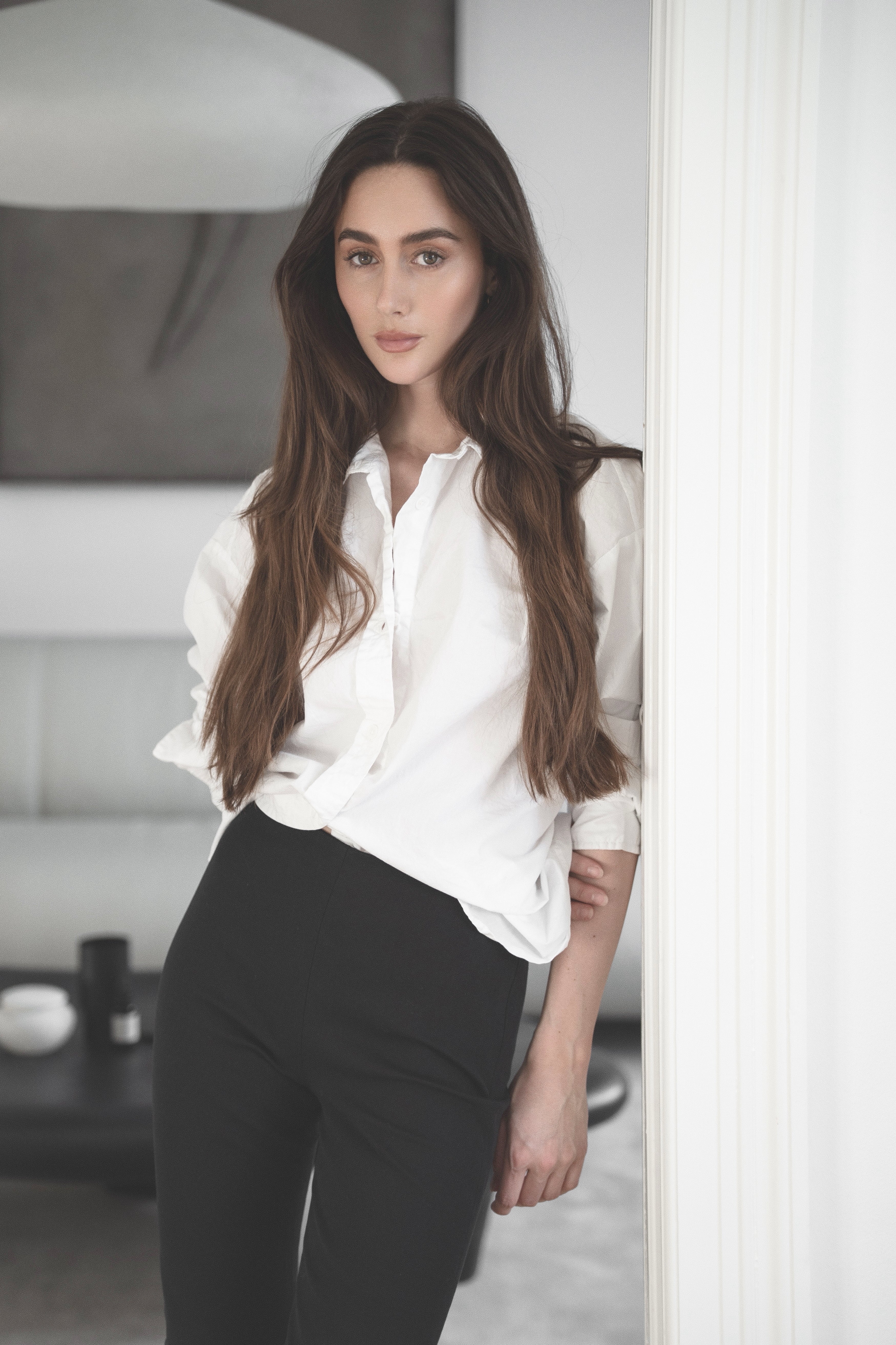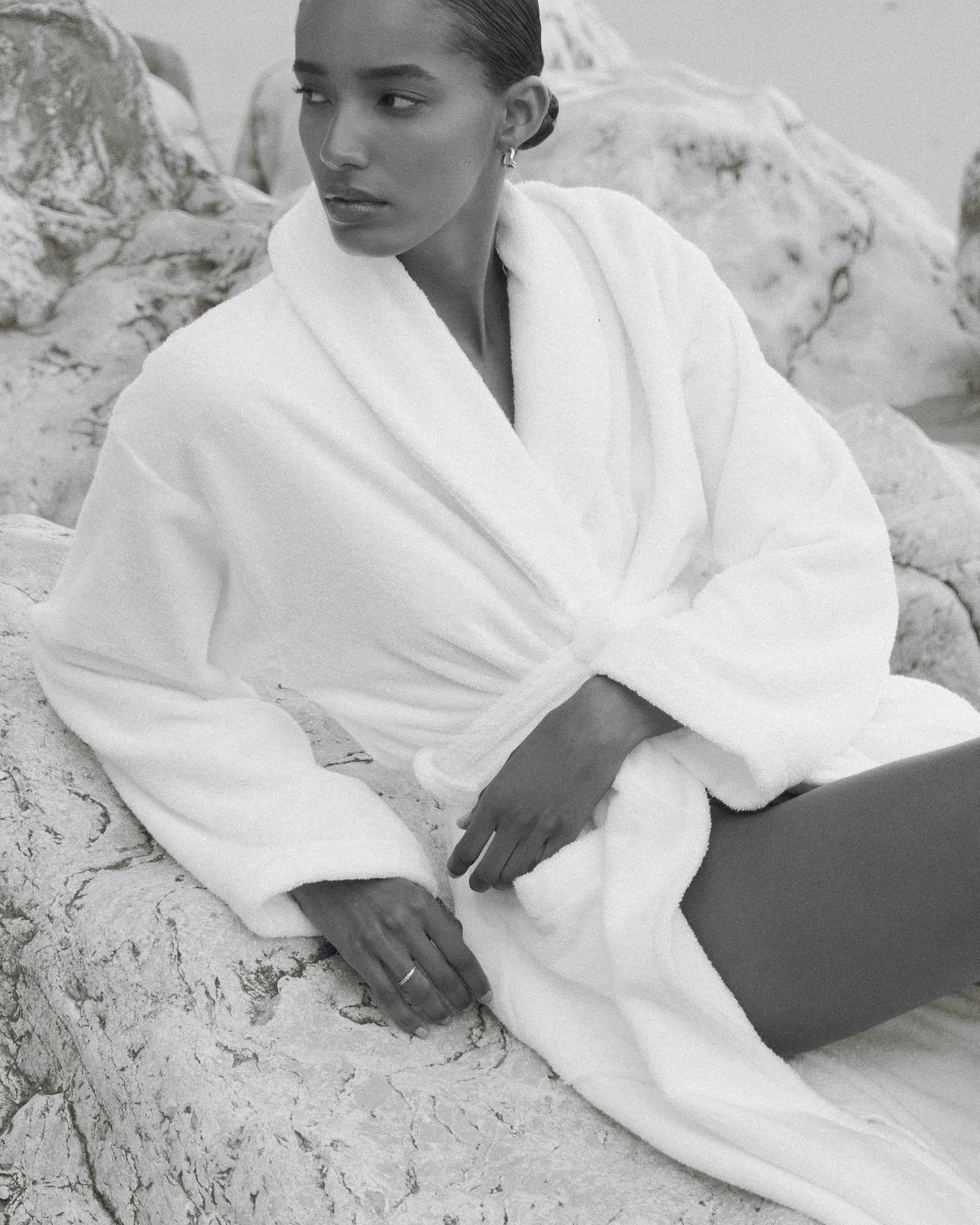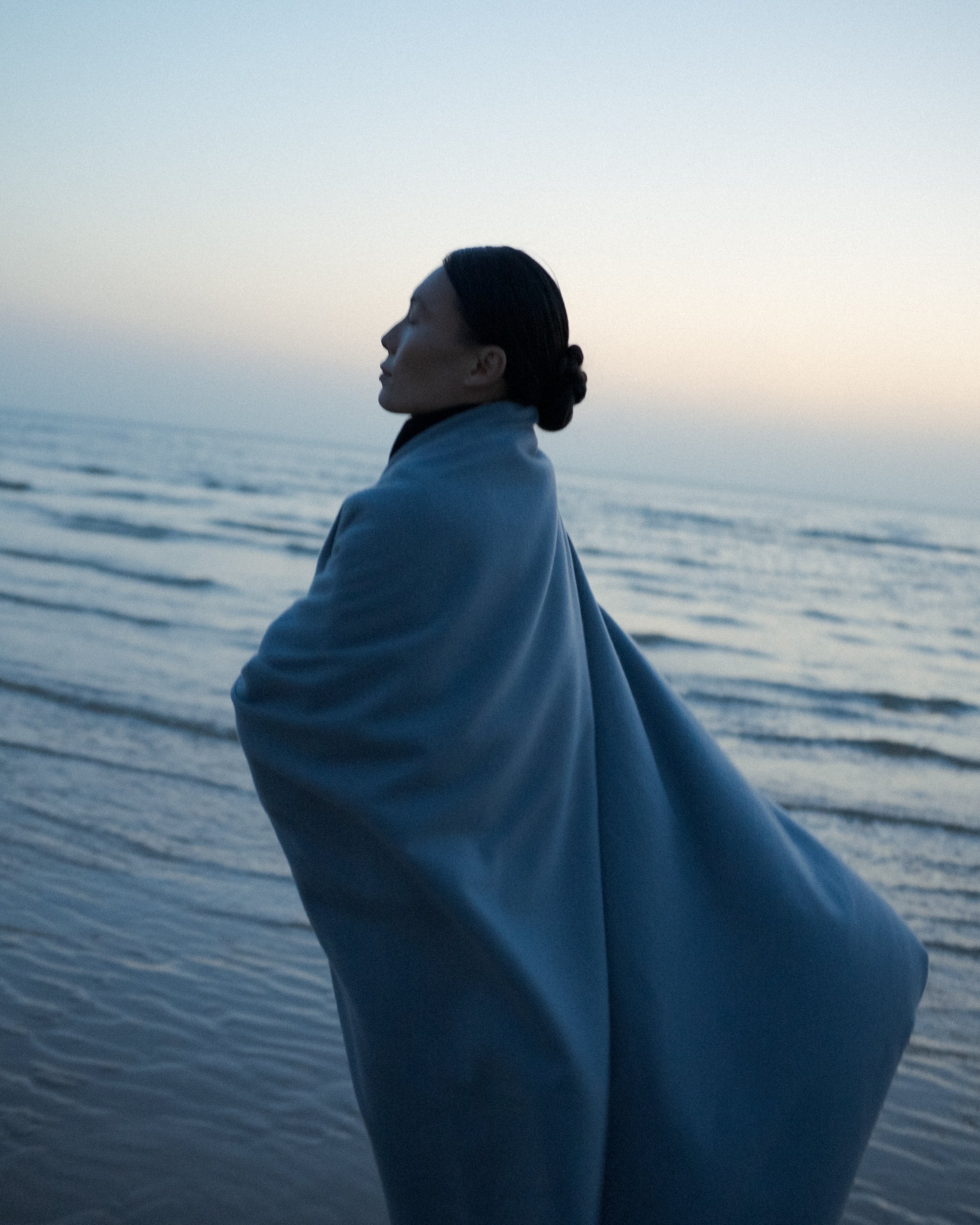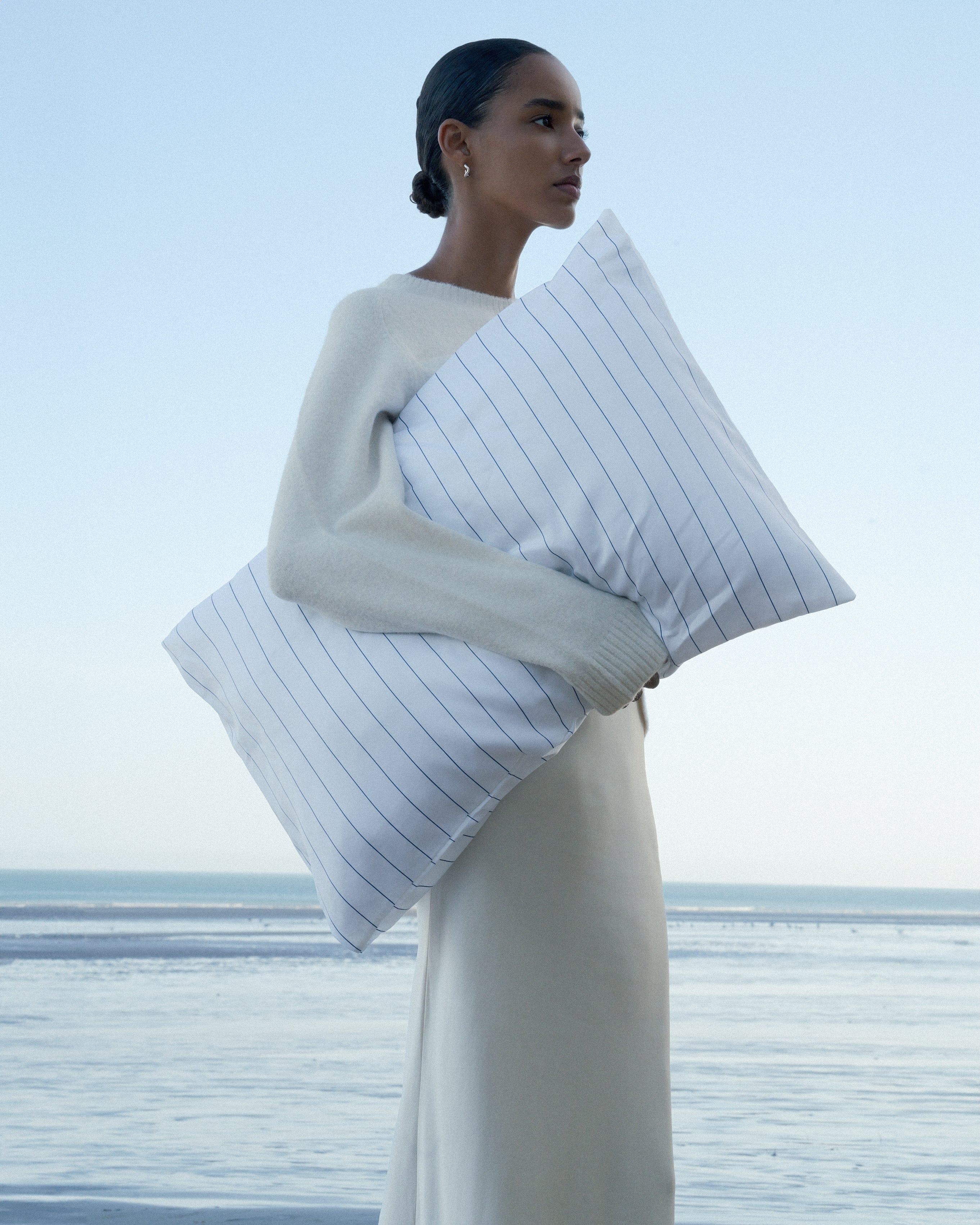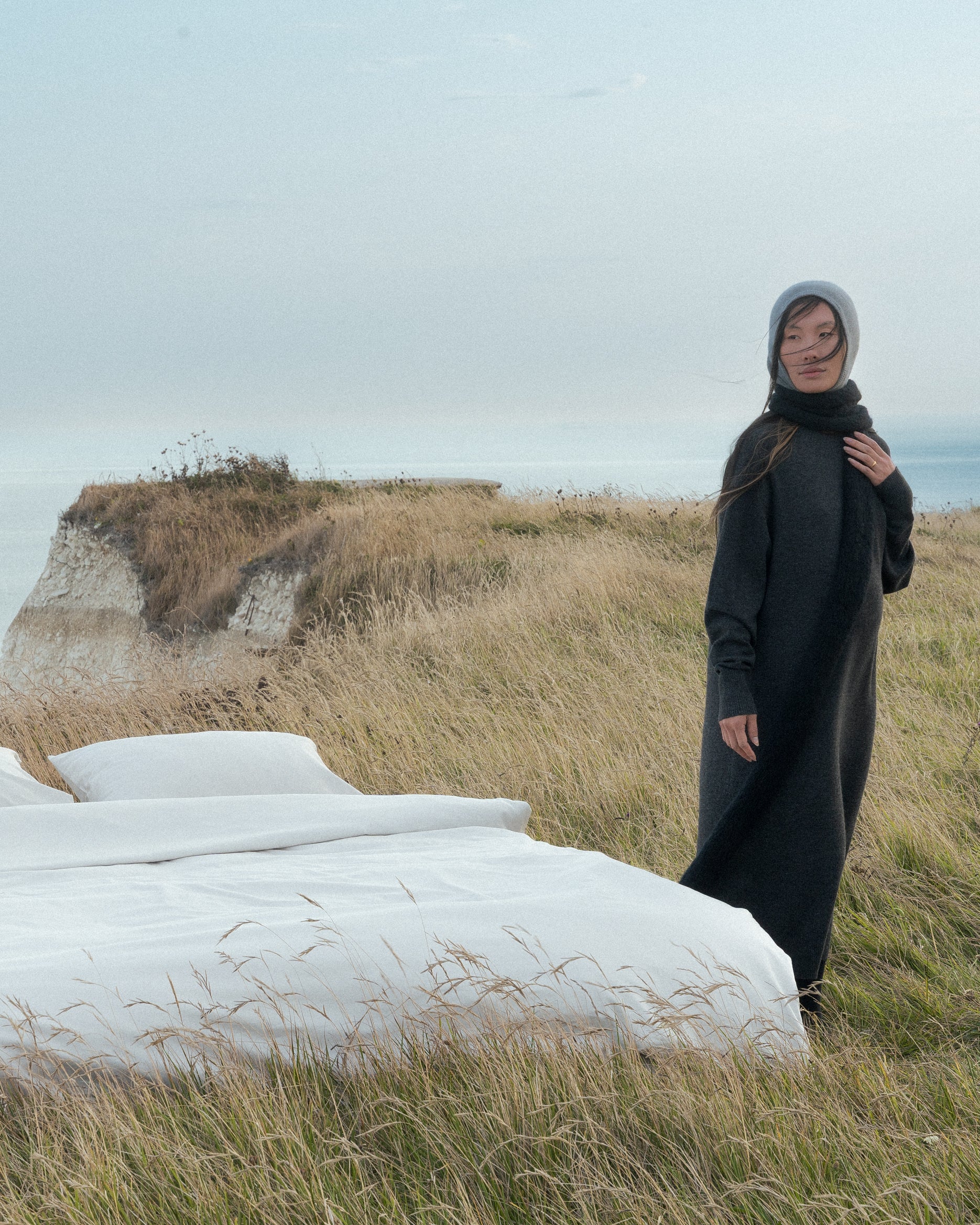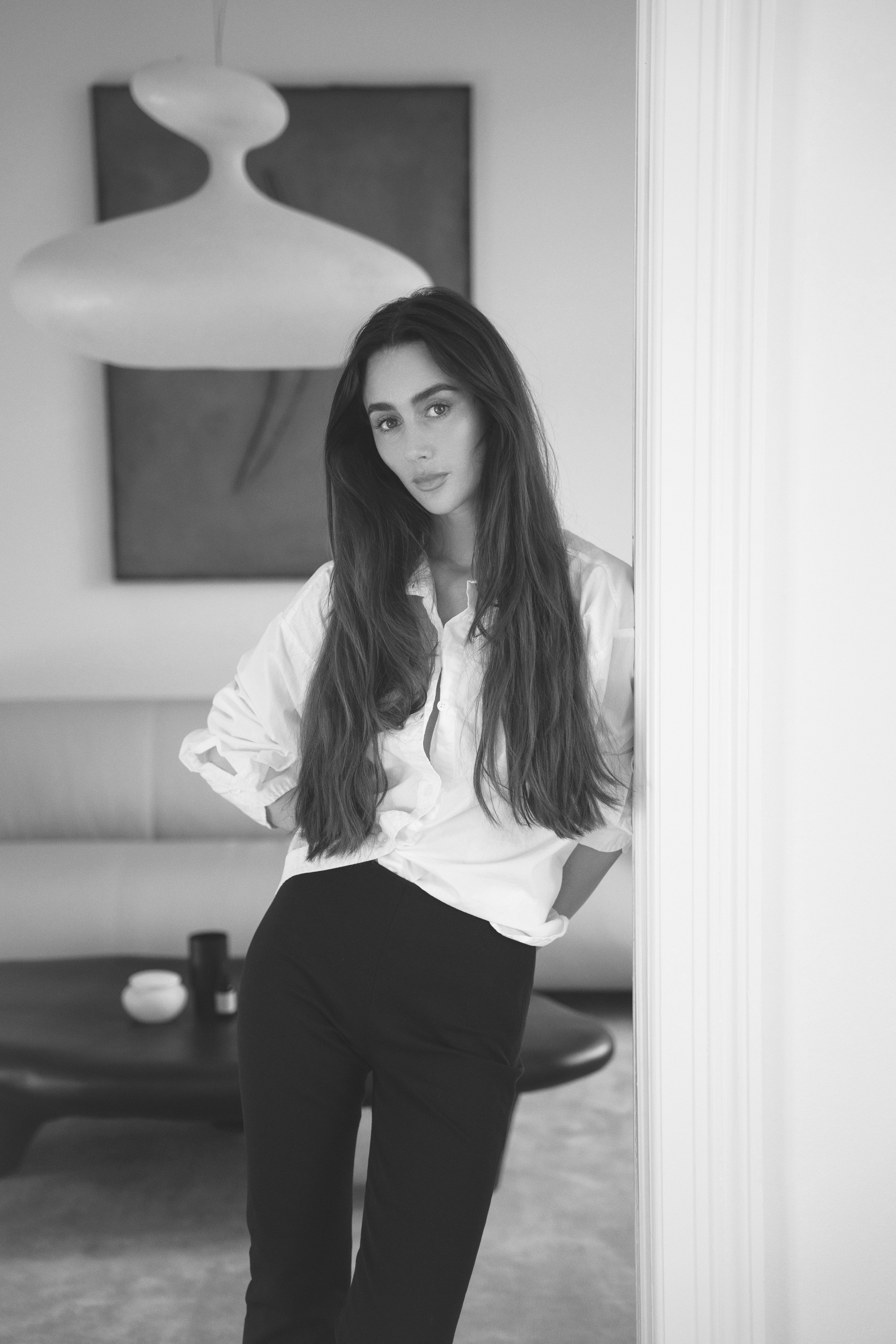
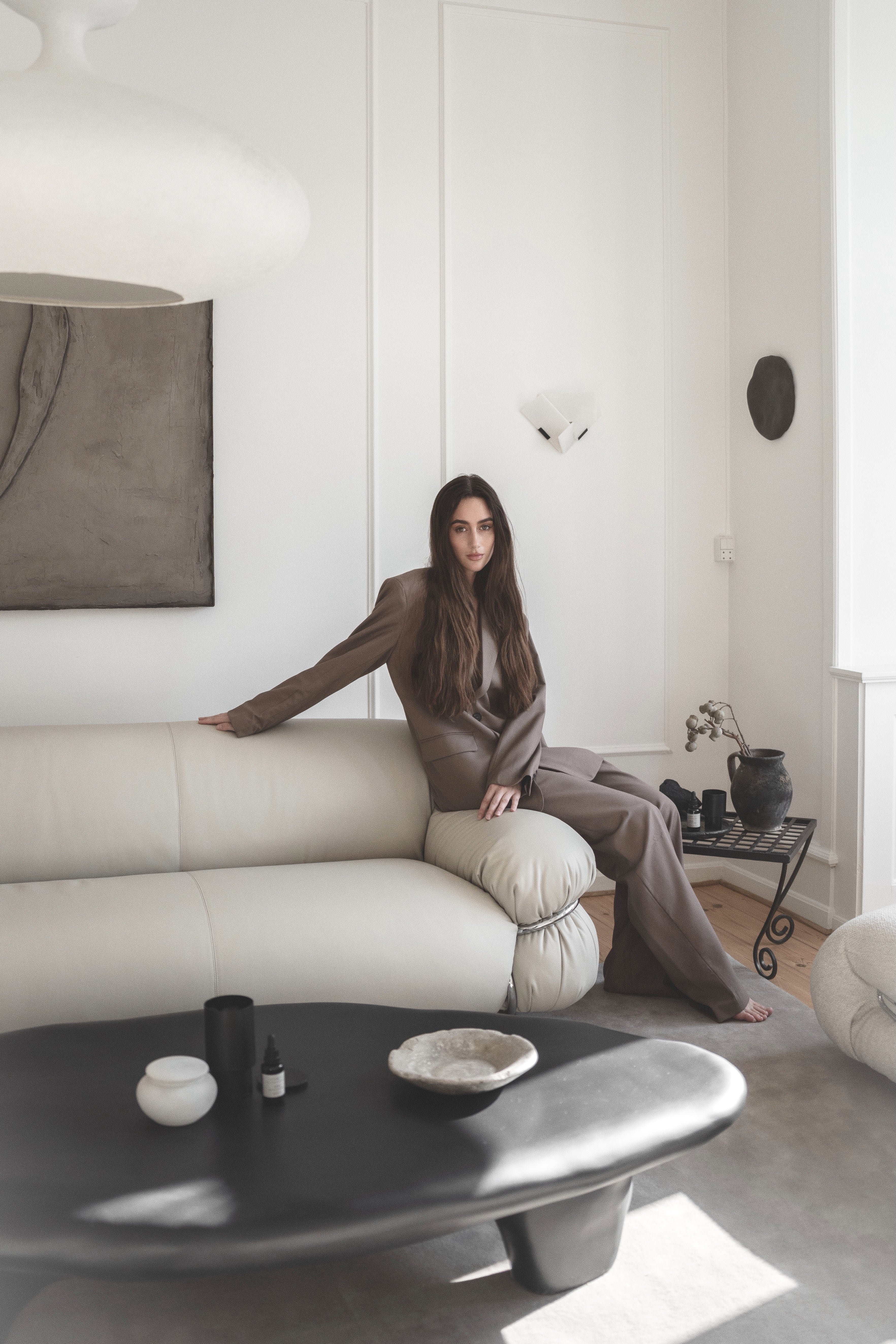
She translates Scandinavian simplicity into expressions that feel genuine, elegant, and refined.
Cecilie Slemming is a voice of Scandinavian style, blending minimalism, warmth and elegance into narratives that inspire modern living.
In conversation with Cecilie Slemming.
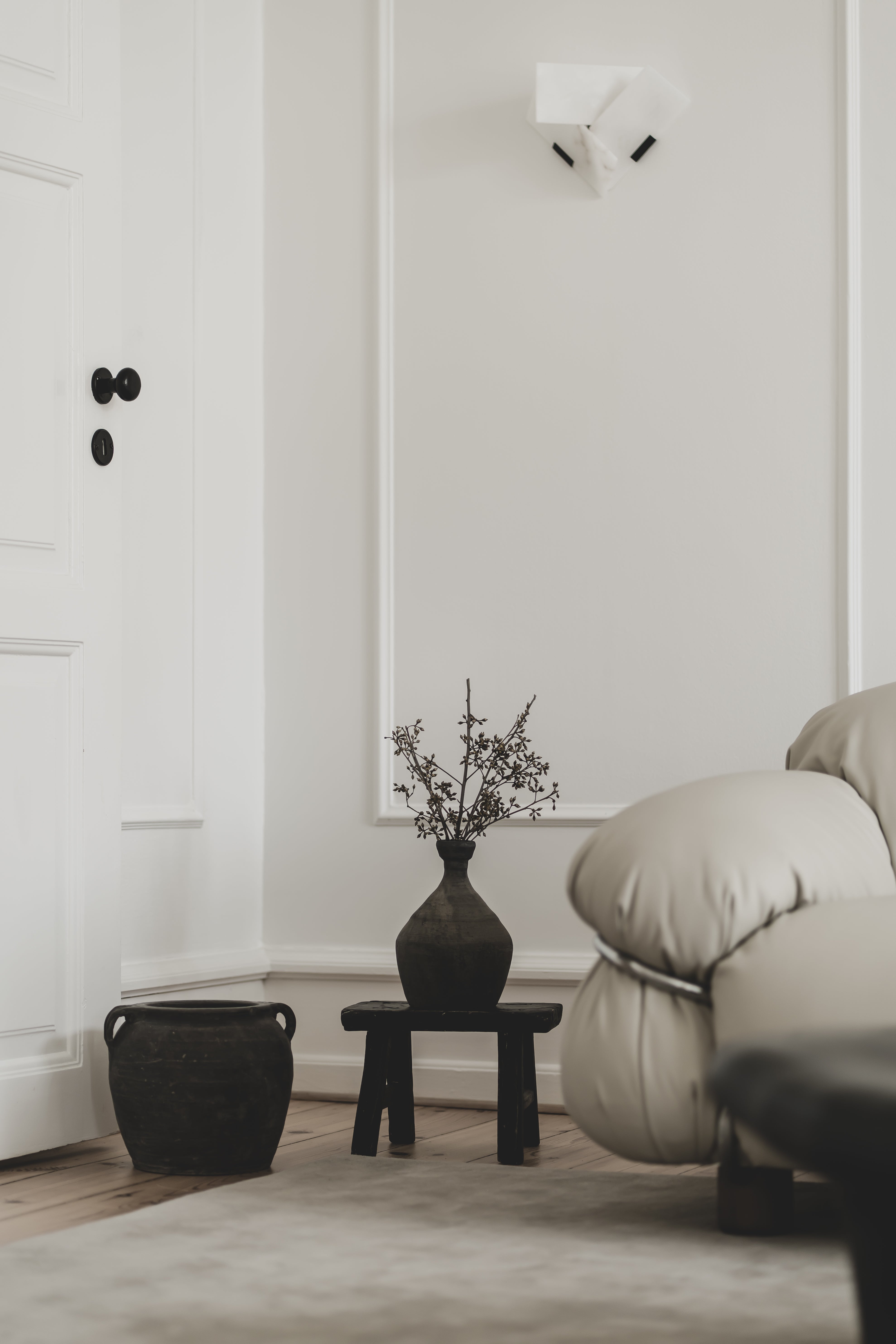
What does a typical day look like for you? Or do you prefer to move without too much routine? Are there rituals that keep you present and ways you make space for rest, especially at the end of the day?
I need structure in my everyday life, it helps me feel balanced and clear-headed. But that sometimes conflicts with the nature of my field, which often calls for spontaneity and flexibility. So I try to build a steady framework I can move within.
My days vary depending on the project, some are long shoot days, others are quieter and more reflective. But certain rituals anchor me: starting the morning slowly, allowing myself to check in with how I feel before stepping into work mode. In the evening, I dim the lights or light a candle, a quiet signal to my body that it’s time to unwind.
Where do you live, and how has your home shaped the way you feel, move, and create? What does home mean to you emotionally, creatively or practically, and how do you choose what belongs there, whether it’s an object, a scent, or a piece of furniture? Are there sensory details, like a sound, a light, a fabric, or a fragrance, that instantly make you feel at ease?
I live in the heart of Copenhagen, in a home I’ve slowly and intentionally shaped. It’s become a reflection of who I am and how I want to feel. Home, to me, is grounding. It’s the space where I can return to myself, where my thoughts can breathe, where I can explore, and where new ideas take form.
I choose what I bring into my space with care. I’m drawn to pieces that carry a story, whether handcrafted, vintage, or designed by someone with a clear and honest vision. It’s less about function and more about atmosphere. There’s a calm rhythm to living with fewer, more meaningful things.
Sensory details play a huge role in creating that atmosphere: the movement of heavy linen curtains, the soft gleam of late afternoon light on the walls, the grounding scent of something woody, and silky soft bedlinen. There’s something about it that immediately makes me feel calm and held.
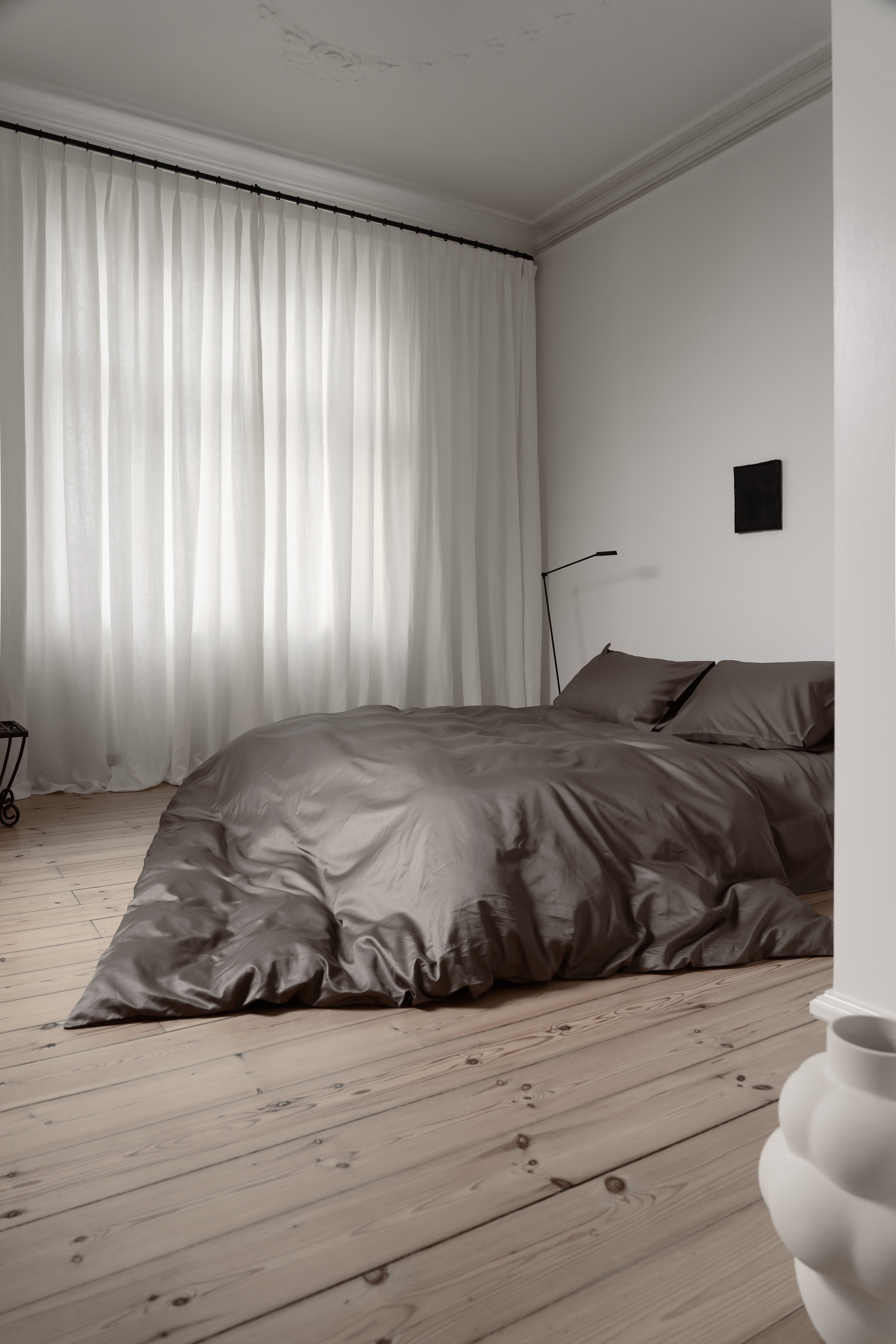
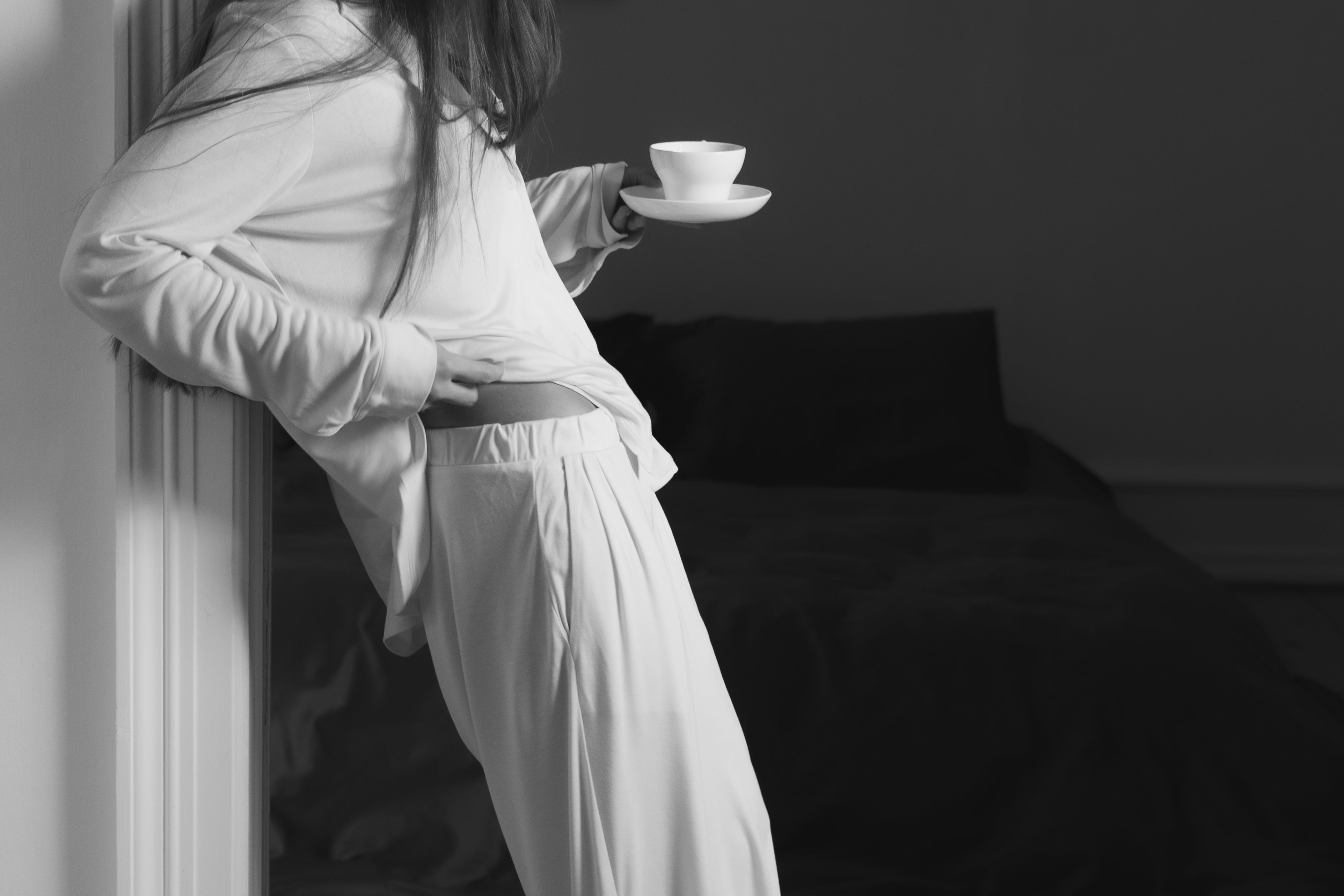
We’ve long admired the quiet clarity in your work. The way you bring atmosphere and intention into everything you do. Can you tell us a little about who you are, and what led you to the work or creative world you’re in now? Was there a clear path or more of a slow unfolding?
Thank you, that truly means a lot. I’m a Copenhagen-based creative consultant with a deep love for visual storytelling. My work often lives at the intersection of aesthetics and feeling, shaping atmospheres that speak softly but clearly.
The path hasn’t been linear. It’s been a slow unfolding, guided by intuition. I’ve always been drawn to aesthetics, composition, and mood, to the way things feel just as much as how they look.
I’m especially moved by the spaces in between, where emotion, contrast, and material meet. Over time, that instinct has grown into a way of working. I never started out with a clear plan, but I kept following what moved me, and that’s what led me here.
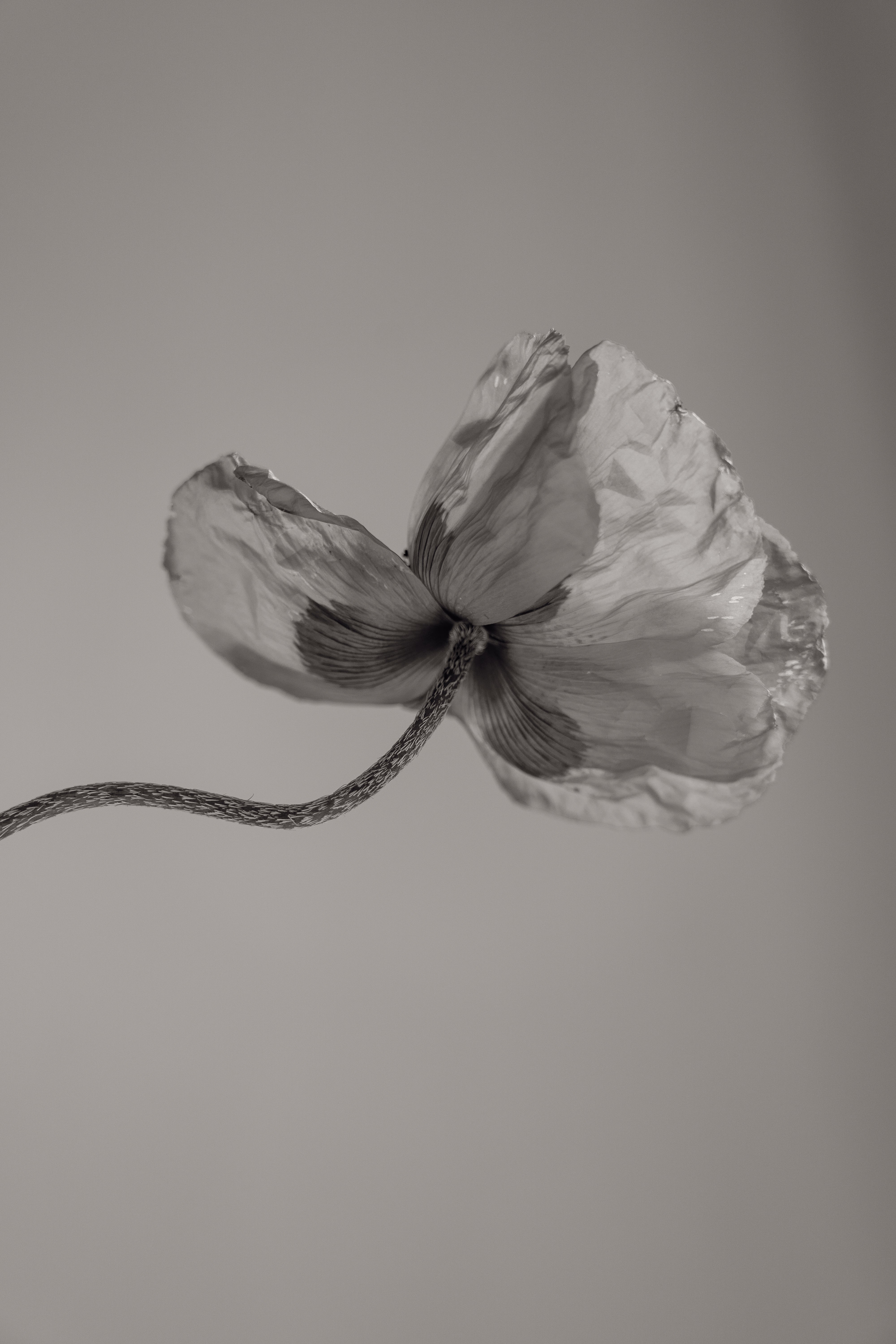
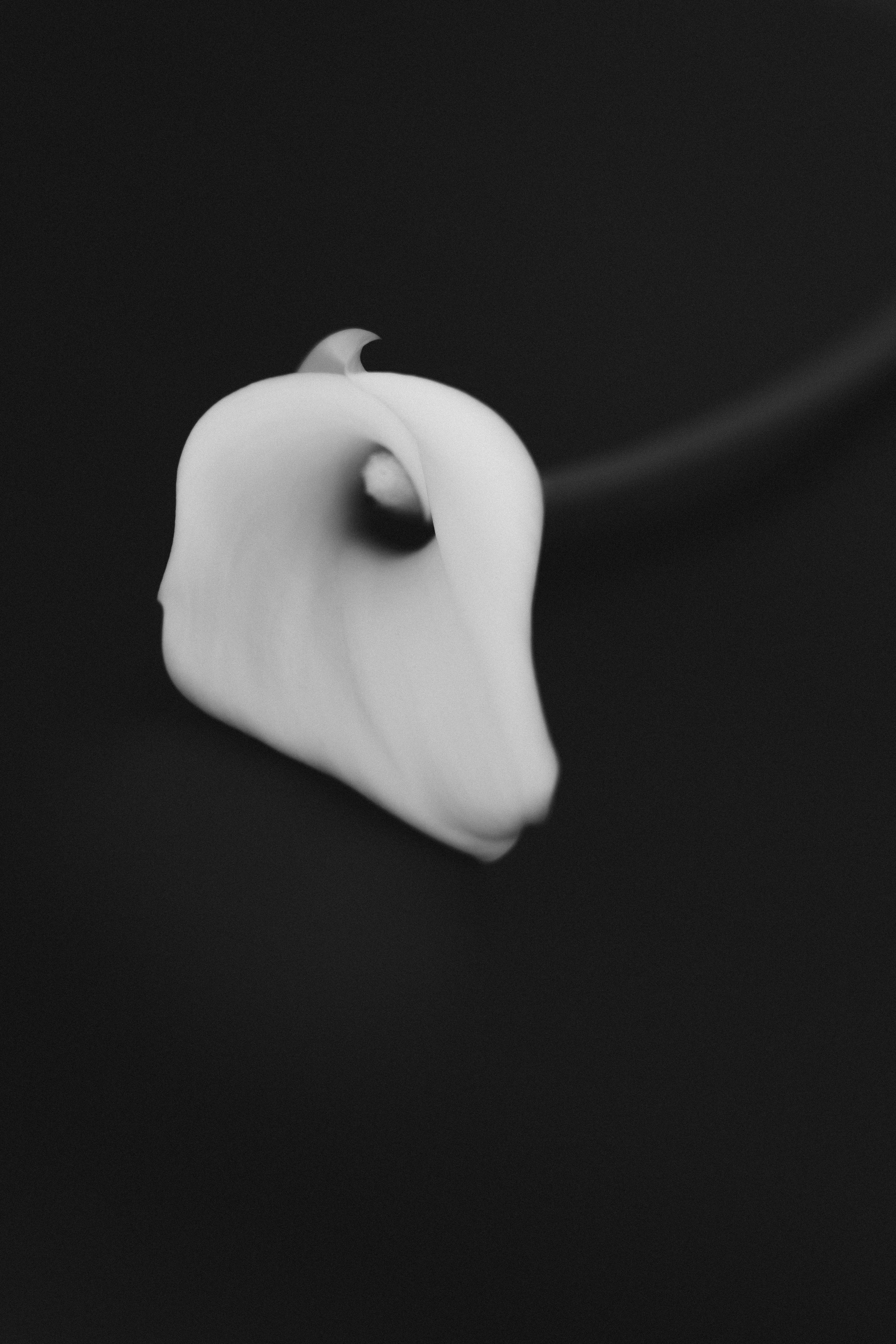
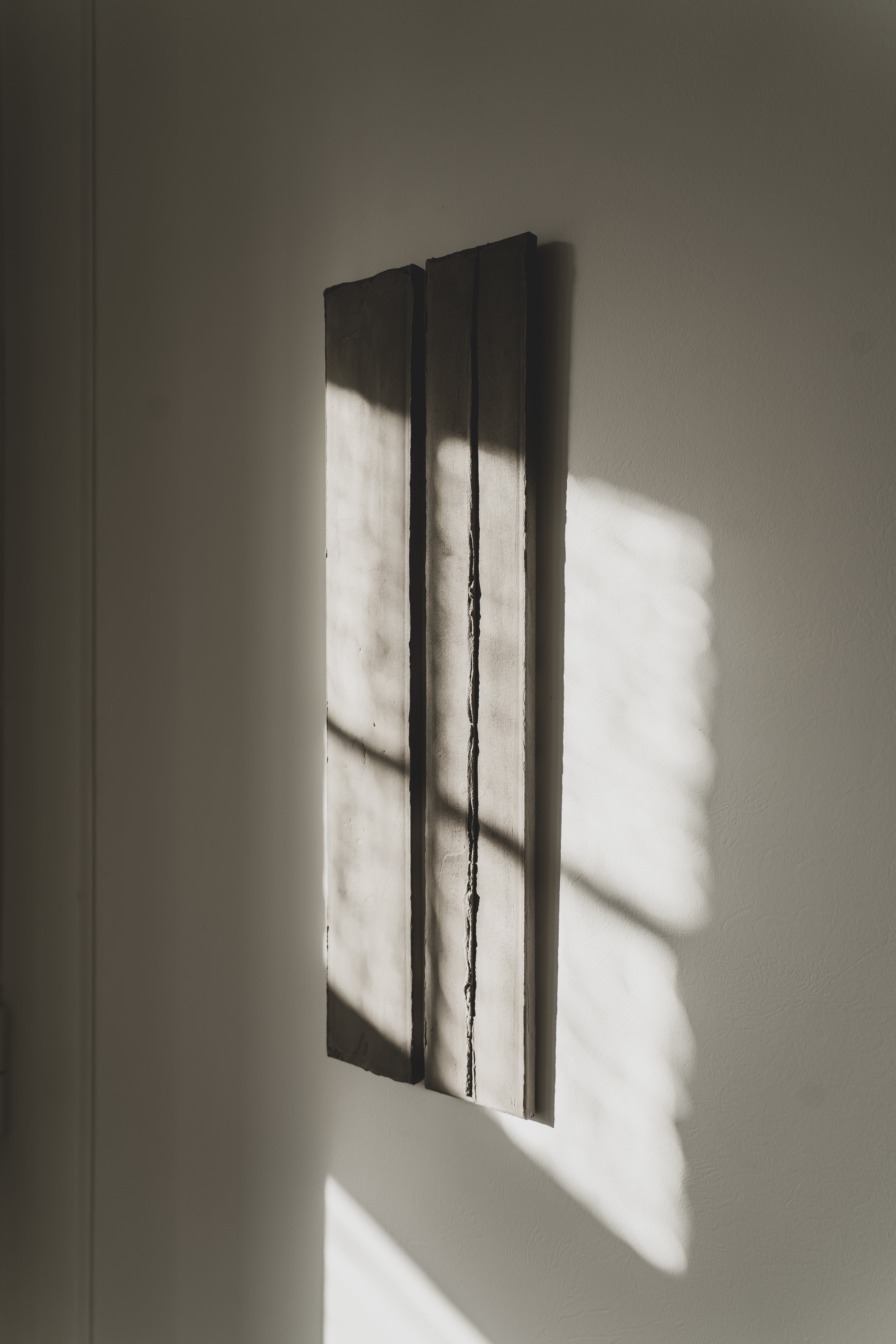
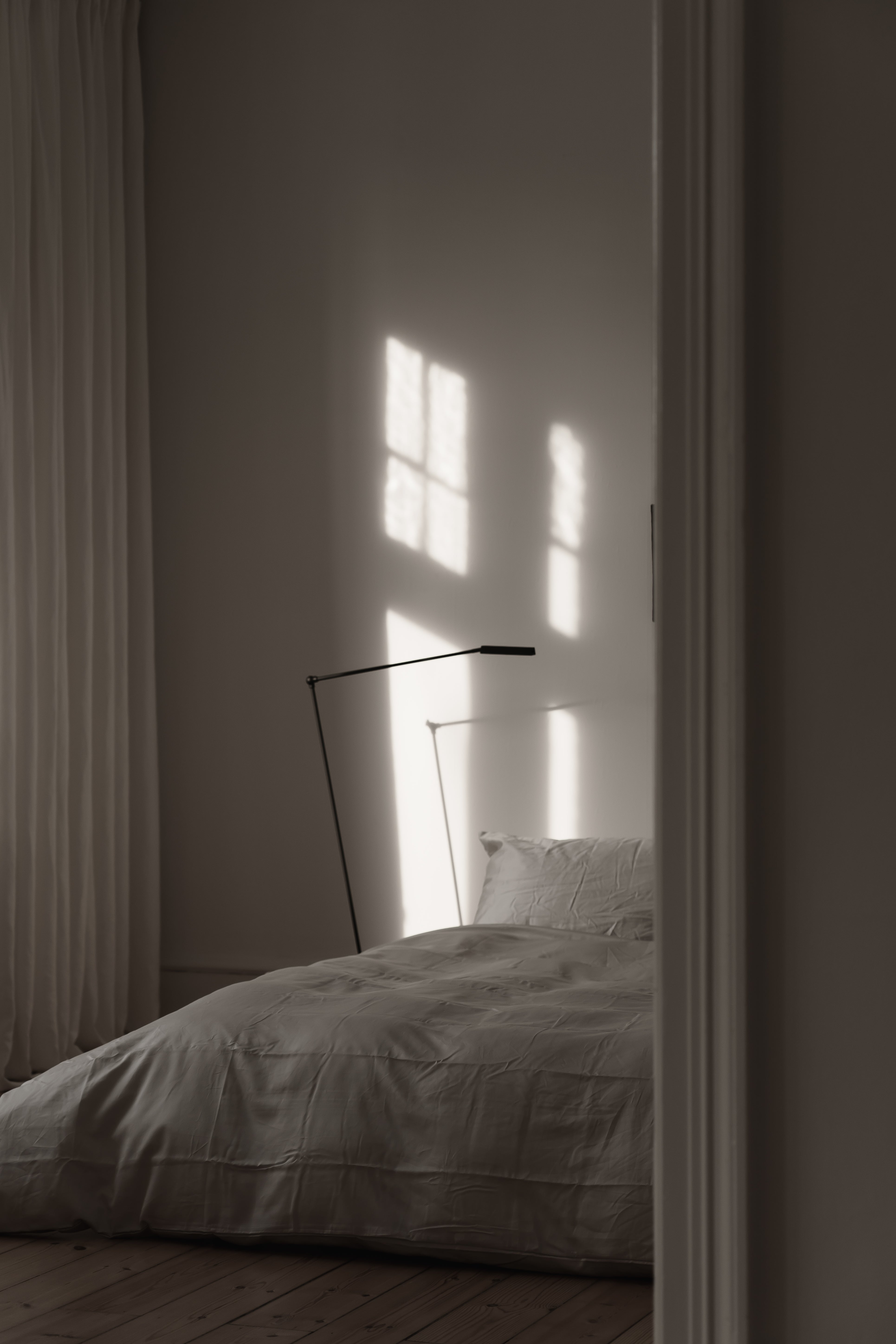
Finally, if home were not a place but a feeling, what would that feeling be?
Safety, not in the sense of control or perfection, but in the deep exhale that comes with being allowed to simply be. Unguarded, intuitive, real. That’s home to me.
What role does quality play in your life, whether in the things you choose, the way you work, or how you care for yourself? How has your understanding of comfort evolved over the years, what does it mean to you now, and what have you had to unlearn in order to live more softly and honestly?
Quality, to me, is an act of care, not about perfection or luxury, but about presence. It’s in the textures I surround myself with, the slowness I bring into decision-making, the people I choose to collaborate with. I’m not interested in fast fixes or trends. I value what lasts, both materially and emotionally.
Over time, my sense of comfort has shifted. Where I once associated it with convenience, I now understand it as something deeper: a feeling of being seen, safe, and aligned. Comfort is now tied to honesty, being able to rest in a space or in myself without having to perform.
One of the biggest things I’ve had to unlearn is the idea that doing more means doing better. I used to measure my worth by output, by how much I could fit into a day. But I’m slowly learning to pause, to make space for silence, and to trust that softness can be a strength.
